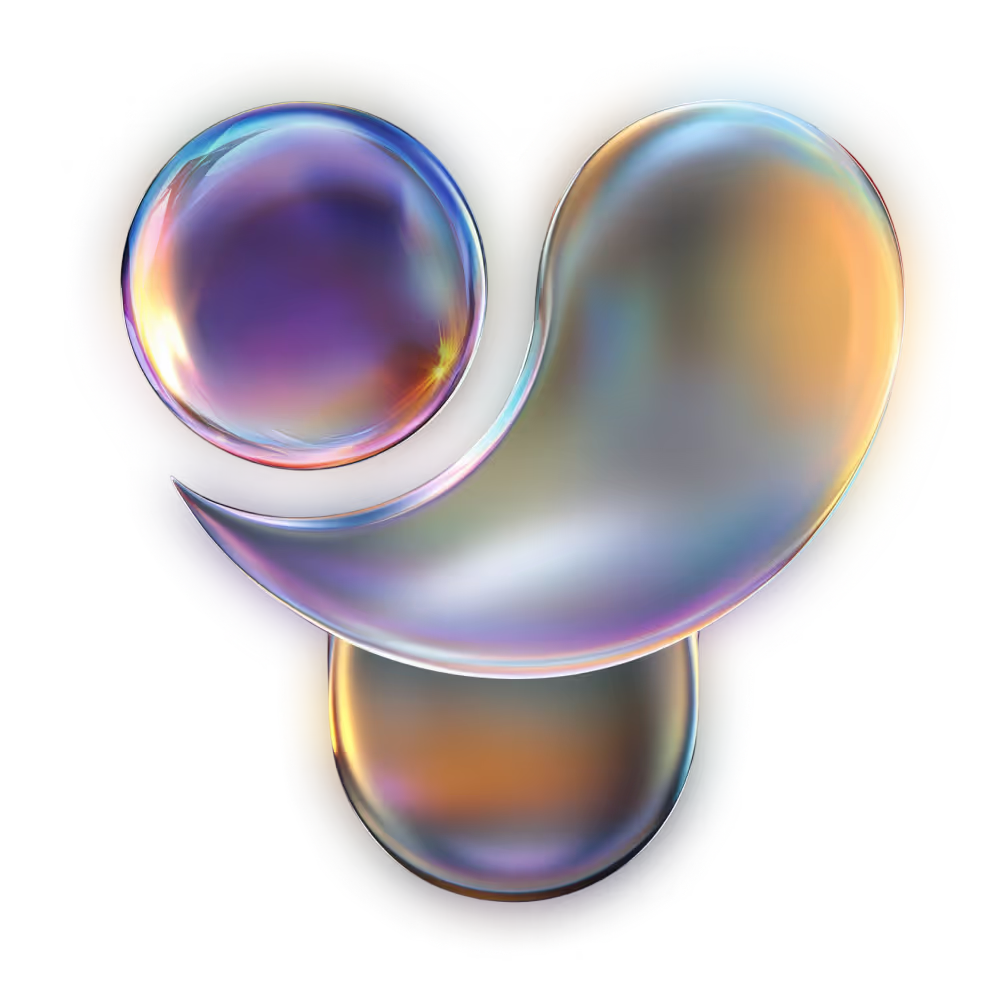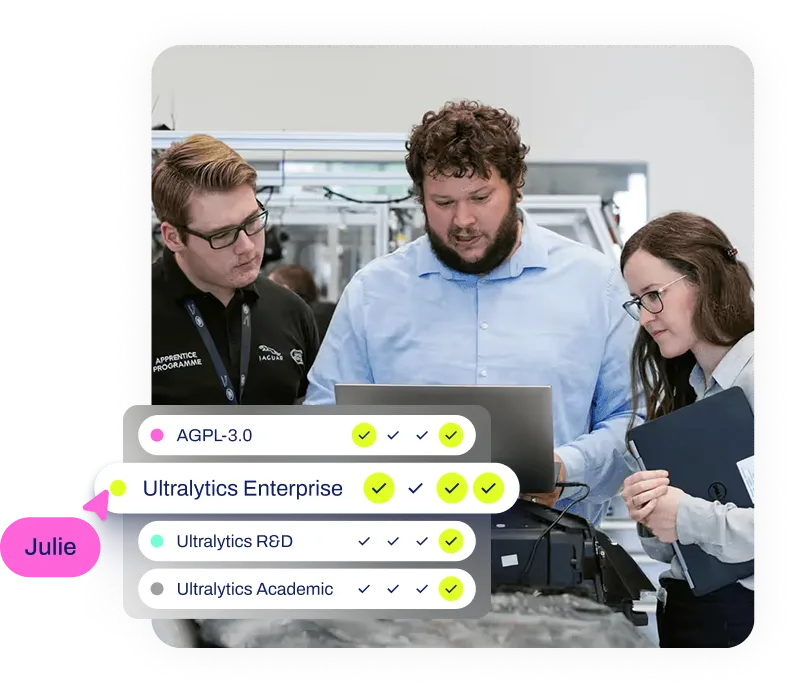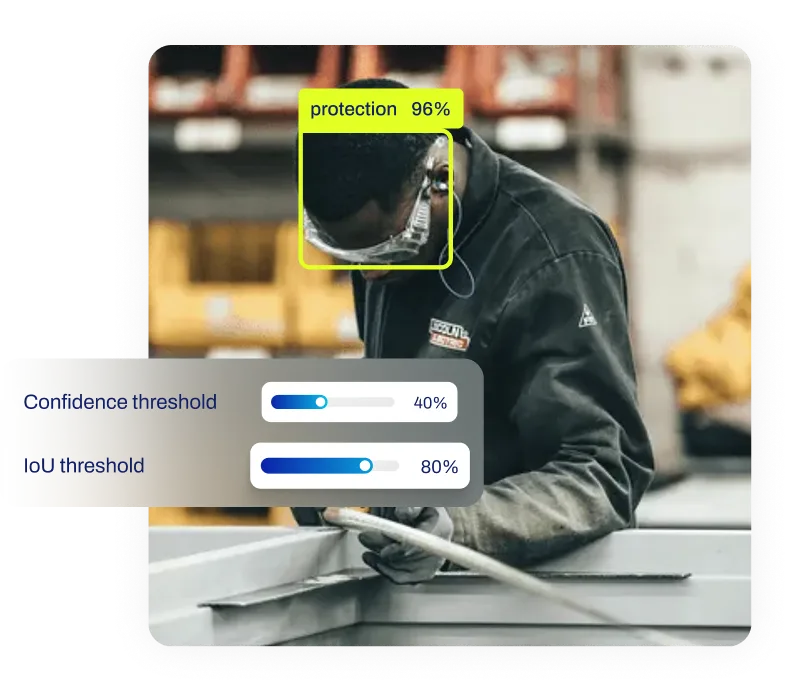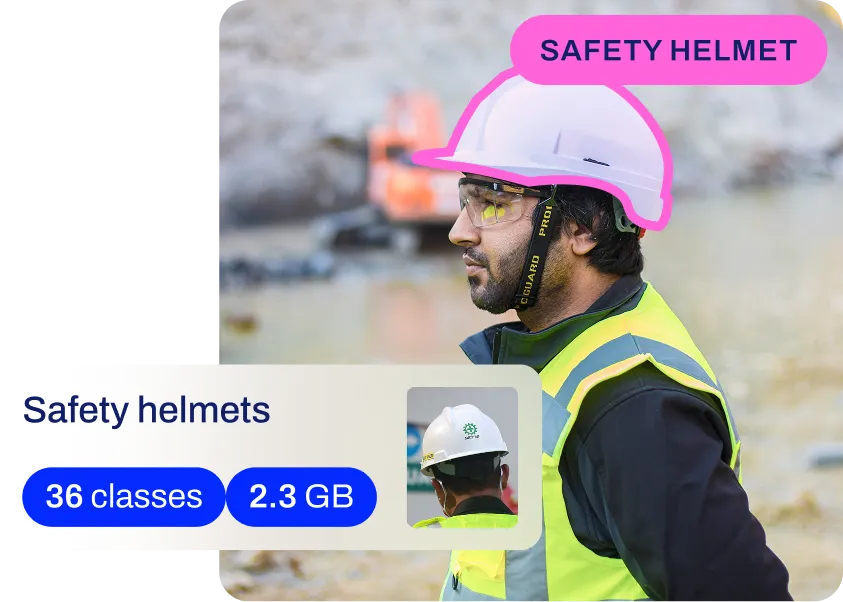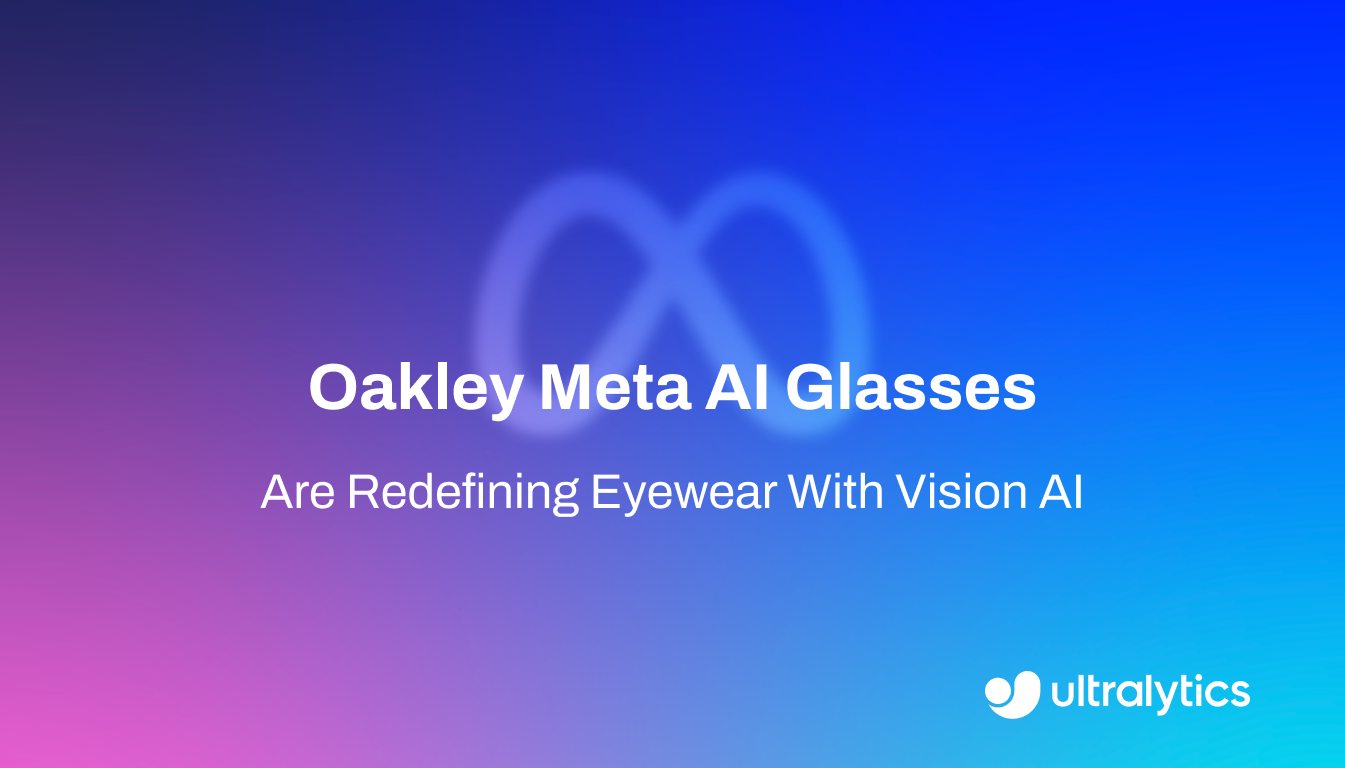Satellite Image Analysis
Unlock insights from satellite imagery with AI-powered analysis for agriculture, disaster management, urban planning, and environmental conservation.
Satellite image analysis refers to the automated interpretation and extraction of meaningful information from imagery
captured by sensors orbiting the Earth. By leveraging advanced
computer vision (CV) and
machine learning (ML) algorithms, this process
transforms raw geospatial data into actionable insights. Unlike traditional ground-level photography, satellite
imagery often encompasses vast surface areas and includes data beyond the visible light spectrum, allowing for
global-scale monitoring of environmental changes, urban development, and industrial activities.
Core Technologies and Methods
The analysis of satellite data relies heavily on
deep learning (DL) models, specifically
Convolutional Neural Networks (CNNs)
and increasingly, Vision Transformers. These models are trained to recognize patterns in complex datasets, which often
differ significantly from standard photography due to the unique "nadir" (top-down) perspective.
Key technical components include:
-
Multispectral and Hyperspectral Imaging: Standard cameras capture red, green, and blue light. Satellite sensors, however, capture many spectral bands.
This allows analysts to calculate the
Normalized Difference Vegetation Index (NDVI)
to assess plant health or detect mineral compositions invisible to the human eye.
-
Synthetic Aperture Radar (SAR): Unlike optical sensors, SAR transmits microwave signals to create images. This allows for monitoring through
clouds, smoke, or total darkness, making it essential for
disaster management during storms.
-
Oriented Bounding Box (OBB): In satellite imagery, objects like ships, vehicles, or buildings can appear at any angle. Traditional
axis-aligned boxes often overlap or include too much background. OBB detects objects with rotated boxes, providing
higher precision for aerial perspectives.
-
Semantic Segmentation: This technique classifies every pixel in an image, which is crucial for land cover mapping. It enables the
precise delineation of boundaries between water, forests, and urban areas, facilitating accurate
image segmentation tasks.
Real-World Applications
The integration of AI with satellite data has revolutionized industries by providing a macro-level understanding of
planetary systems.
-
Precision Agriculture: Farmers and agronomists use satellite analysis to monitor crop health over large hectares. By analyzing spectral
data, AI models can detect water stress, nutrient deficiencies, or pest infestations weeks before they are visible
on the ground. Organizations like the
Group on Earth Observations (GEO) leverage this data to
improve global food security.
-
Environmental Conservation: Conservationists utilize
change detection
algorithms to monitor deforestation, track melting ice sheets, and identify illegal mining. For instance,
Global Forest Watch uses satellite imagery to provide near
real-time alerts on forest loss, empowering local authorities to take action.
-
Urban Planning and Development: City planners analyze satellite data to track urban sprawl, update cadastral maps, and monitor infrastructure
projects. This facilitates the creation of
smart cities where traffic flow
and land use are optimized based on historical and real-time geospatial data.
Distinguishing Related Terms
While related to other imaging fields, satellite image analysis has distinct characteristics:
-
Vs. Remote Sensing: Remote sensing is
the broader science of acquiring information about an object from a distance (including sonar and seismology).
Satellite image analysis is the specific computational processing of the visual or spectral data
acquired through remote sensing to extract insights.
-
Vs. Aerial Photography: While both involve top-down views, aerial photography is typically captured
by drones or aircraft at lower altitudes, resulting in ultra-high resolution (centimeters per pixel). Satellite
imagery covers broader areas with slightly lower resolution (meters per pixel) but offers consistent, repeatable
global coverage, which is vital for
time-series analysis.
Example: Oriented Object Detection
Detecting objects in satellite imagery often requires handling rotation. The following example demonstrates how to use
Ultralytics YOLO11 with an OBB (Oriented Bounding Box) model
to detect vehicles or maritime vessels in an aerial image. Looking ahead, the upcoming YOLO26 model
aims to further enhance speed and accuracy for these computationally intensive geospatial tasks.
from ultralytics import YOLO
# Load a pretrained YOLO11-OBB model optimized for aerial views
# 'yolo11n-obb.pt' allows for rotated bounding boxes
model = YOLO("yolo11n-obb.pt")
# Run inference on a sample aerial image
# This detects objects like planes or ships that are not axis-aligned
results = model.predict("https://docs.ultralytics.com/datasets/obb/dota-v2/")
# Display the results to see the rotated detection boxes
results[0].show()
Managing the vast scale of satellite datasets often requires efficient pipelines. While historically complex, modern
tools and edge computing allow for processing
imagery closer to the source or via scalable cloud solutions like the
Ultralytics Platform, streamlining the workflow from data acquisition to
deployment.





